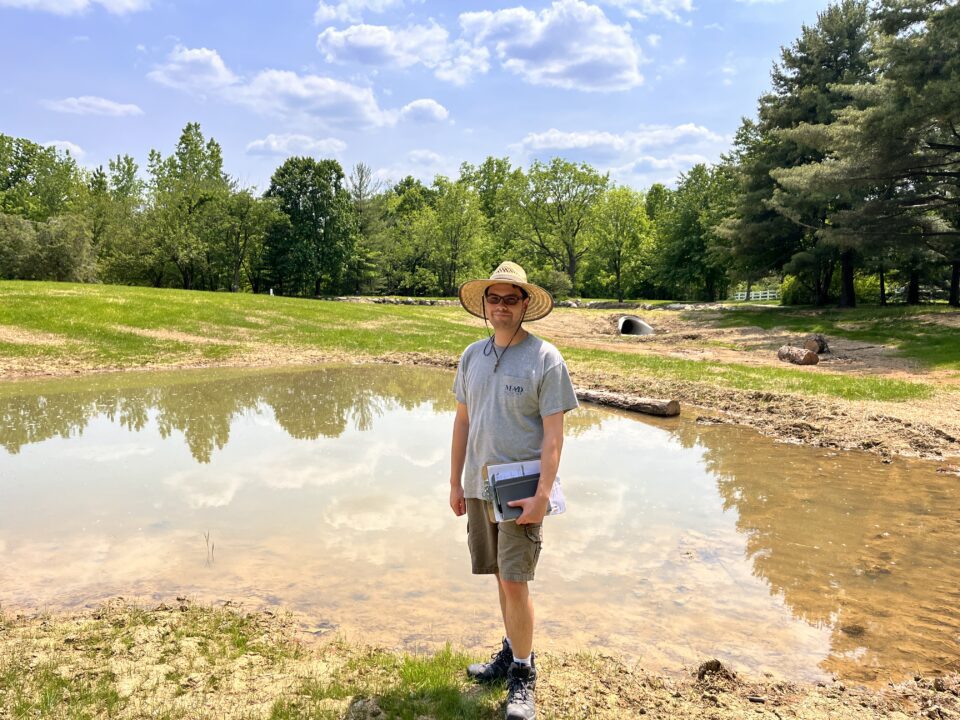Celebrating National Wetlands Month through Exploration Programs
March 6, 2020A Gathering of “Sedge Heads”
March 6, 2020Last spring, the MAD Scientist Associates team, led by Aquatic Ecologist, Jenna Odegard, and assisted by Jackie Kopechek conducted an Amphibian Index of Biotic Integrity (AmphIBI) in two vernal pools in Ashtabula County, positioned at the northeastern tip of Ohio. Three rounds of quantitative and qualitative sampling took place in April, May, and June. Following Environmental Protection Agency (EPA) methodology, the team sampled quantitatively using minnow traps and qualitatively using dipnets and by flipping logs.
The AmphIBI yielded documentation of four species of salamander and seven species of frogs and toads. The eggs of a Four-toed Salamander (Hemidactylium scutatum), a species of concern in Ohio, were observed during this sampling effort. Wood Frogs (Lithobates sylvaticus), a high-scoring, vernal pool obligate, were common to abundant in both pools. Both of these species are habitat specialists, meaning they are highly sensitive to habitat disturbance and therefore occupy a very narrow ecological niche. Forested wetlands with regularly inundated pools, wide buffers with ample woody debris, and canopy cover are often where these species are found. Overall, the AmphIBI data categorized the two vernal pools as superior wetland habitat (SWLH; the highest ranking aquatic life use category), indicating that these vernal pools are of the utmost importance to protect and conserve.










